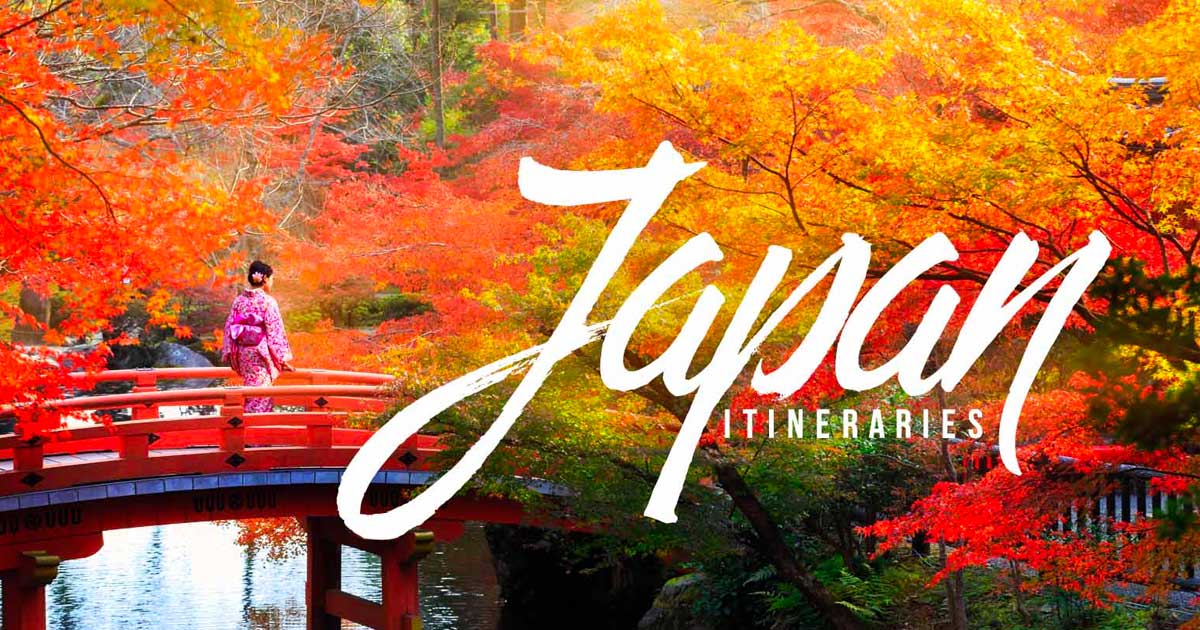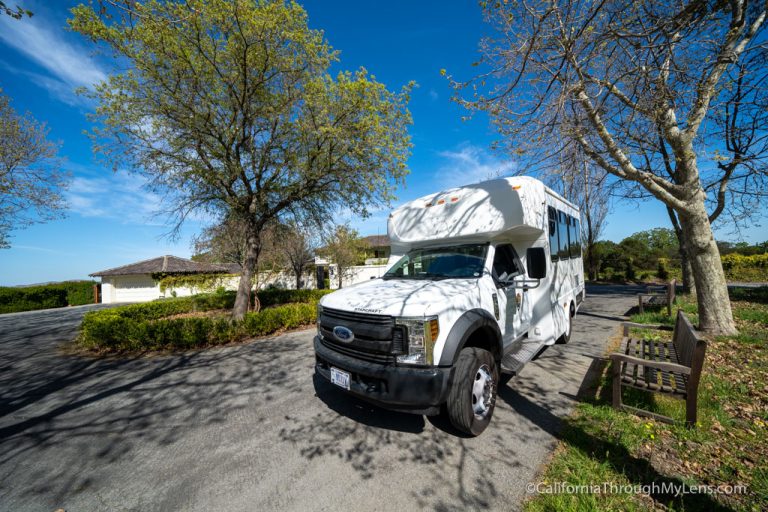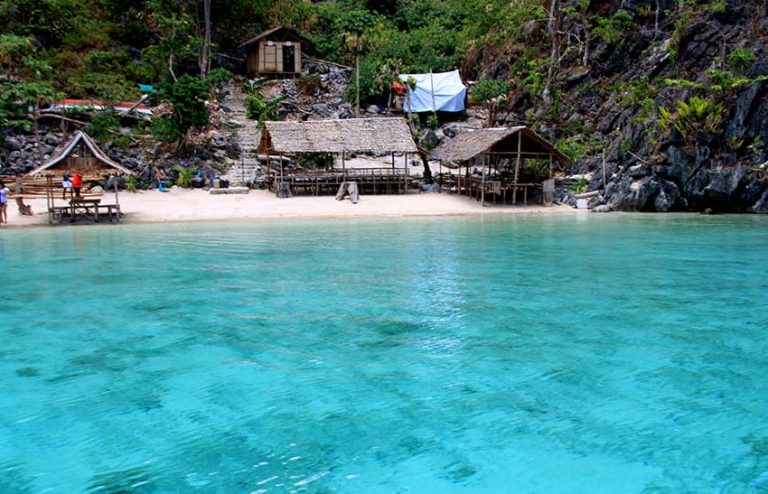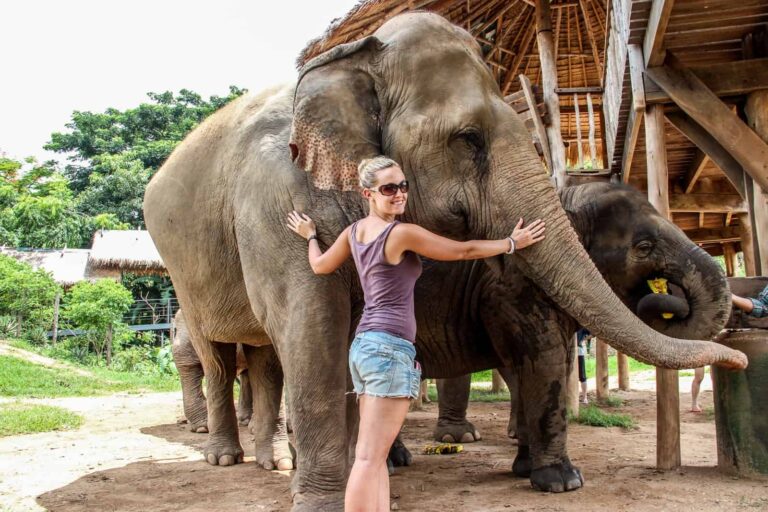
RELATED READ:
Best Cherry Blossom Spots in Hiroshima
Best Hotels in Hiroshima
Wanna see cute and fluffy foxes? Then go and visit the famous fox village in Miyagi Zao’s city of Shiroishi for your Japan itinerary!
.
Check out this blog post to find out more: The Fluffiest Place on Eart: Miyagi Zao Fox Village!
◘◘ Day #9 (Nara)
••• 21 DAYS OR MORE
With this number of days, you’ve got all the time to take things easy for your Japan itinerary! So feel free to extend the days per area and make sure to check the ‘Extra Days‘ tab to see other destinations you can explore. When planning out your route, do make sure to check travel times and connectivity to avoid future hassles.
NOTE: On my first trip to Japan I spent about 20 days there as I explored Tokyo (6), Kyoto (3), Osaka (2), Nara (1), Hiroshima (3), Takayama (2), Magome-Tsumago (1), and Kinosaki (2). For this, I only used a 14-day JR Pass since I spent 6 days in Tokyo and it was cheaper to just buy single tickets in the subway.
TIP: A 14-day or 21-day JR Pass is costly at first sight — but it could totally help you save up more depending on your itinerary. Make sure to do some calculations to see if purchasing single tickets is better or not. See this article for more info.
◘◘ Day #1 — West of Tokyo
– – –
◘◘ Day #10+ (Osaka)
Japan Travel Guide
» Best Time to Visit
International visitors typically arrive at Tokyo’s Narita Airport (NRT), followed by Kansai Airport (KIX) which is south of Osaka. To get to any of these points, I recommend browsing through Skyscanner to find the best flight deals from your point of origin. If you’re from the Philippines like me, Skyscanner also scans through the budget airlines such as Air Asia and Cebu Pacific in order to find which of the 2 has the cheapest rate on the dates you choose.
- ★ Spring: With little rainfall, clear skies, and mild temperatures, this is one of the best times to visit Japan! And of course, how could anyone forget the famous sakura or cherry blossom season? It usually happens in late March to early April, so you should schedule your trip during this period if you want to see everything clad in picturesque pink petals.
- Beware though because this is high season, so do expect higher prices and bigger crowds. It’s the same as well during Golden Week (concentration of national holidays) which happens from late April to the first week of May.
- Summer: Be prepared for high humidity and smoldering heat (with June being the rainy season). If you want to escape this, head on ever to the mountains or to the northern island of Hokkaido.
- ★ Autumn: This is yet another great time for visiting Japan; besides, I personally love it when the trees turn into warmer hues. September though is usually the time when typhoons visit the country, so it could be best to plan your trip somewhere late October to November (it’s also the best time for seeing the full autumn colors).
- Winter: As the temperatures drop, prices and airfares also drop. Take note though that it can get very chilly; but, supposing you’re not that sensitive to the cold, this can be a fun time given all the amazing ski resorts and festive atmosphere.
- WINTER:
Dec to Feb
- SPRING:
March to May
- SUMMER:
June to Aug
- AUTUMN:
Sept to Nov
◘◘ Day #8 — …or More!
» Getting in to Japan
◘◘ Day #8 — …or More!
» Visa for Japan
◘◘ Day #8 — …or More!
» Where to Stay (Japan Accommodations)
◘◘ Day #8 — …or More!
» Japan Currency
◘◘ Day #8 — …or More!
» Cost of Travel in Japan
◘◘ Day #8 — …or More!
» How to Get Around Japan
◘◘ Day #8 — …or More!
» Staying Connected in Japan
◘◘ Day #8 — …or More!
» Safety in Japan
◘◘ Day #8 — …or More!
» Helpful Japanese Phrases
◘◘ Day #8 — …or More!
» Other Important Tips
◘◘ Day #8 — …or More!
Osaka has the 2nd largest metropolitan area after Tokyo and as a part of the Kansai region, it is best known not only for its grand shogunate castle but also for its nightlife and street food. Truth be told, this is a quintessential stop for your Japan itinerary! Osaka has the 2nd largest metropolitan area after Tokyo and as a part of the Kansai region, it is best known not only for its grand shogunate castle but also for its nightlife and street food. Truth be told, this is a quintessential stop for your Japan itinerary!
TIPS:
– Though Google Maps can be used offline, if you want routes or transportation schedules, it won’t work. So I recommend that you get a pocket WiFi or a SIM Card to stay connected online.
.
– Tokyo’s trains typically open around 5AM and close somewhere around midnight. If you don’t have an IC Card, purchasing local rail lines and subway tickets can only be done with cash or coins at the ticket machine. Credit cards are only applicable when buying long-distance bullet train tickets.
.
– If you’re traveling by train during rush hour, be wary that it can get crowded. If you’re a woman, you can ride the carriages that are designated only for females (this is only during weekdays until 9AM).
.
– You will notice that on escalators in Tokyo, people stand on the left side so that those who are in a hurry can pass on the right. But when you’re in the Kansai area (Kyoto, Osaka, etc.) it’s the other way around.
.
– When riding taxis, the left rear door is operated automatically by the driver so do NOT try to open or close it by yourself.
.
– There are several train etiquettes that you should remember when in Japan, number one of which is to keep the noise down to a minimum.
ADDITIONAL TIP: To further save up on time when you’re visiting multiple cities, please consider booking a flight out of Japan to the nearest international airport on your last day so you don’t have to travel back to Tokyo’s Narita.
.
So for example, if you end your Japan itinerary somewhere in the Kansai region (Kyoto, Osaka, etc.), go and book a departure flight from Kansai Airport instead. Of course, this depends if the ticket is not more expensive compared to a roundtrip flight that’s all done at Tokyo’s Narita Airport. Either way, if you don’t mind the additional travel time and you’ve got a sJapan Rail Pass, it’s absolutely fine to travel back to Narita after your trip.




